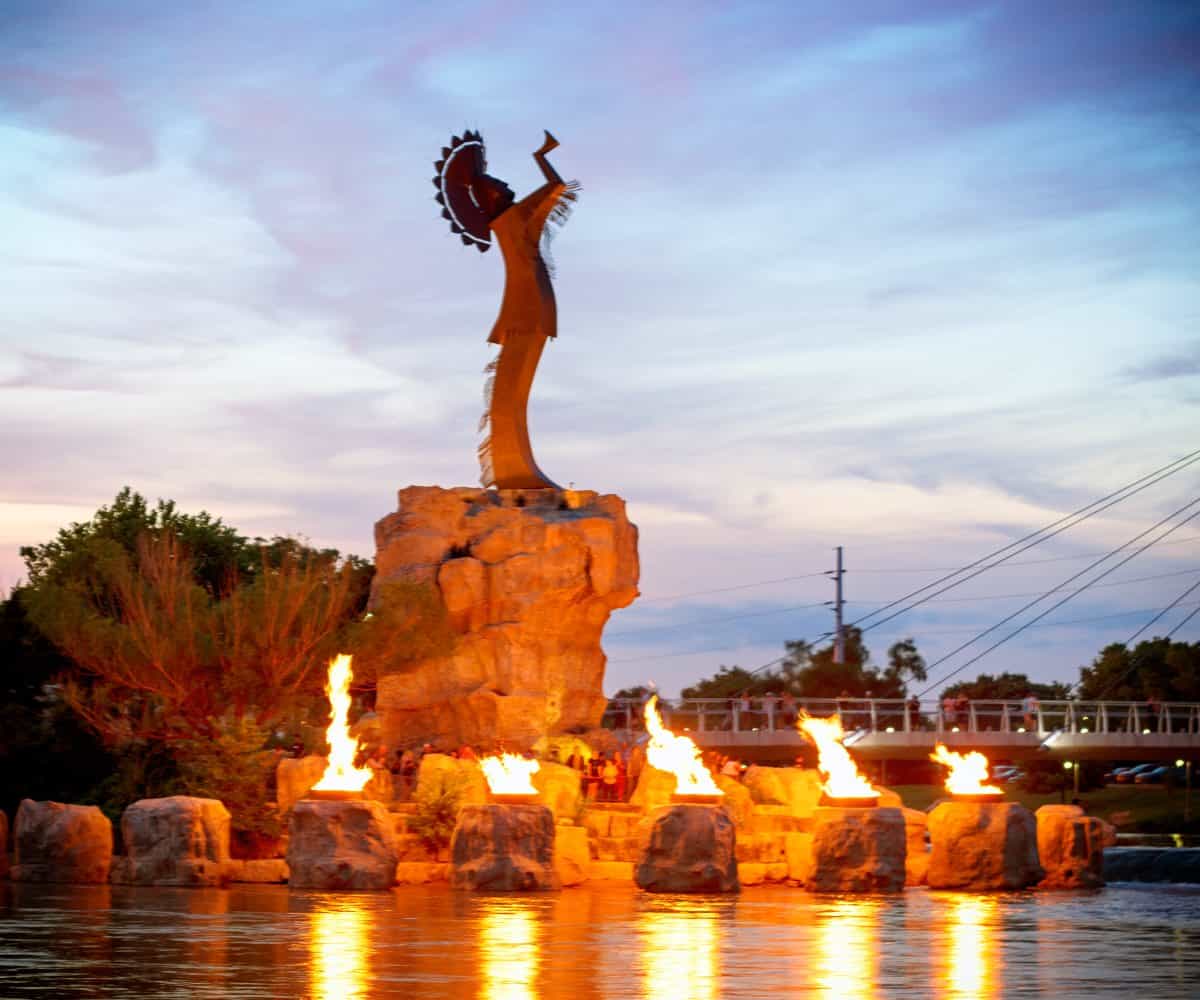
I landed in Wichita last night after a mammoth 20+ hour journey from my home in the UK. Having never even set foot in the state of Kansas before, I did some research on the city I’m visiting for the next week as part of TBEX Wichita, and here’s what I’ve learned so far…
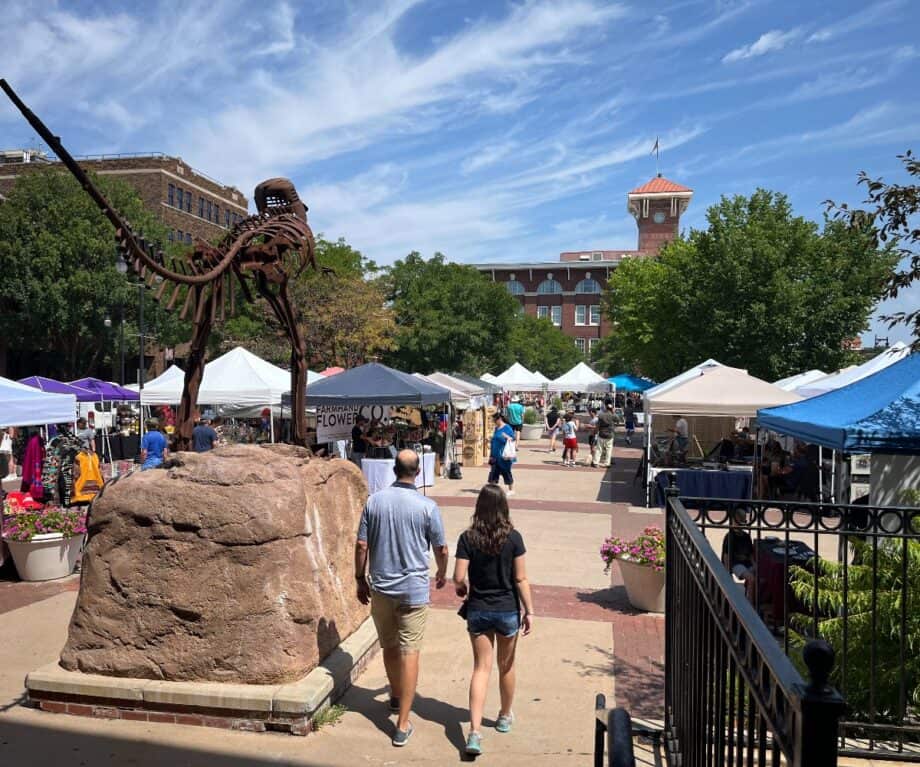

The area at the confluence of the Arkansas and Little Arkansas Rivers denotes the pre-settlement era of the city. It was a long-time trading and meeting place for nomadic people, with human habitation dating back as far as 3000 BC.
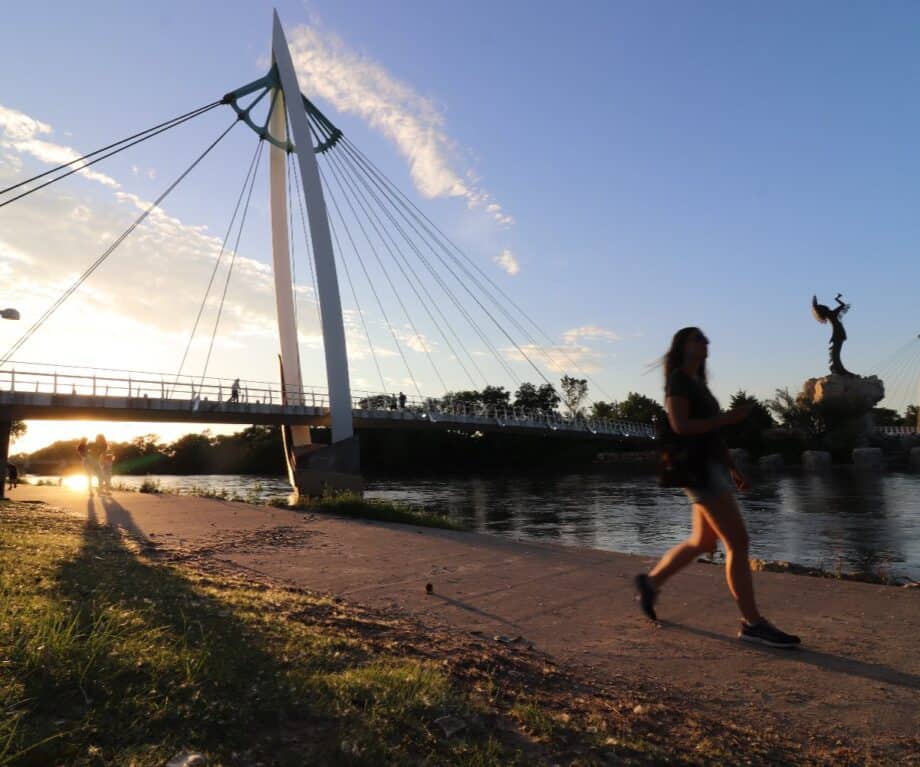

This morning I walked past The Keeper of the Plains, an iconic 44-foot steel sculpture by Native American artist Blackbear Bosin that was installed at the river confluence in 1974 to honour the city’s Native American heritage.


The city of Wichita is named after the Wichita tribe, who formed a settlement of grass lodges near the river confluence in around 1863, after returning from Oklahoma.
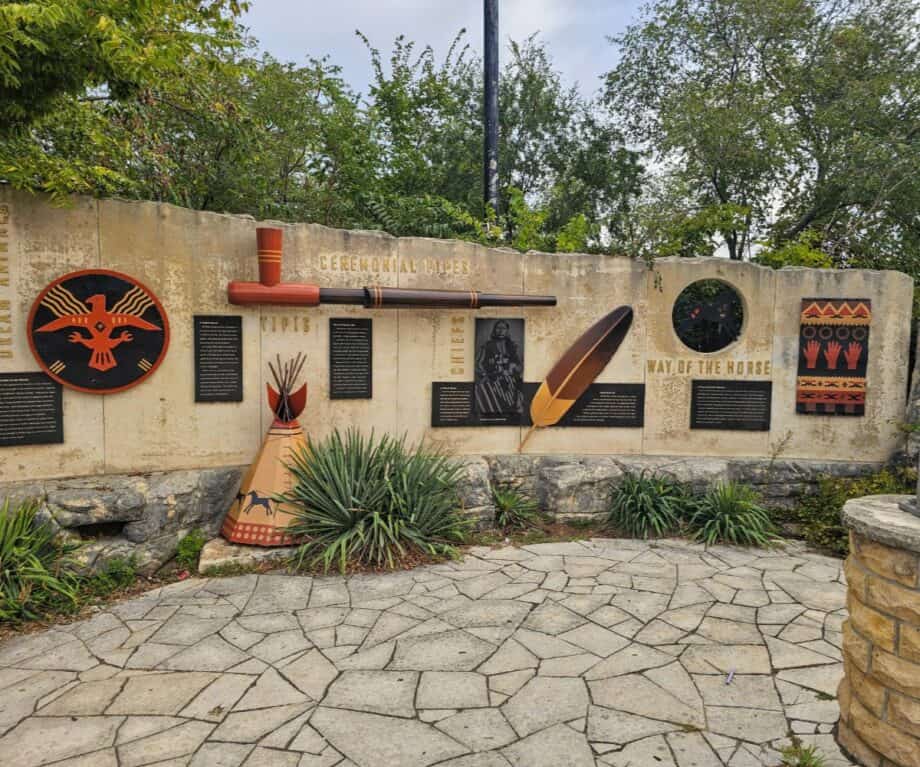

The first permanent non-Native American settlement was a trading post opened by James R. Mead in 1864, who partnered with Jesse Chisholm, after whom the Chisholm Trail is named. Wichita established itself as a major base along the primary route for driving Texas cattle north to Kansas railroads. known as the Chisholm Trail.
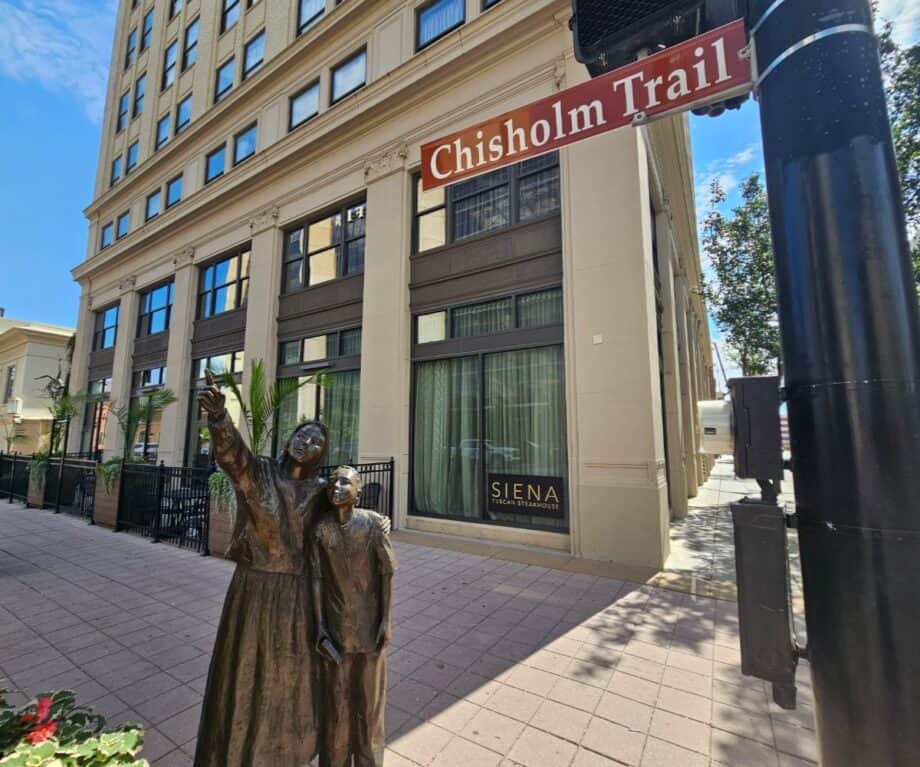

It wasn’t until 1870 that Wichita was formally incorporated as a city, by which time it quickly earned the nickname “Cowtown” because it served as a destination for vast cattle drives in the early 1870s. Back then, the “Delano” district, across the river, was the infamous, rowdy part of town for cowboys, featuring saloons and dance halls.


The arrival of the Atchison, Topeka and Santa Fe Railway in 1872 solidified Wichita’s role as a major cattle-shipping centre, but the cattle trade declined in Wichita and moved further west (to Dodge City) by 1876 due to farmers fencing off the prairie.
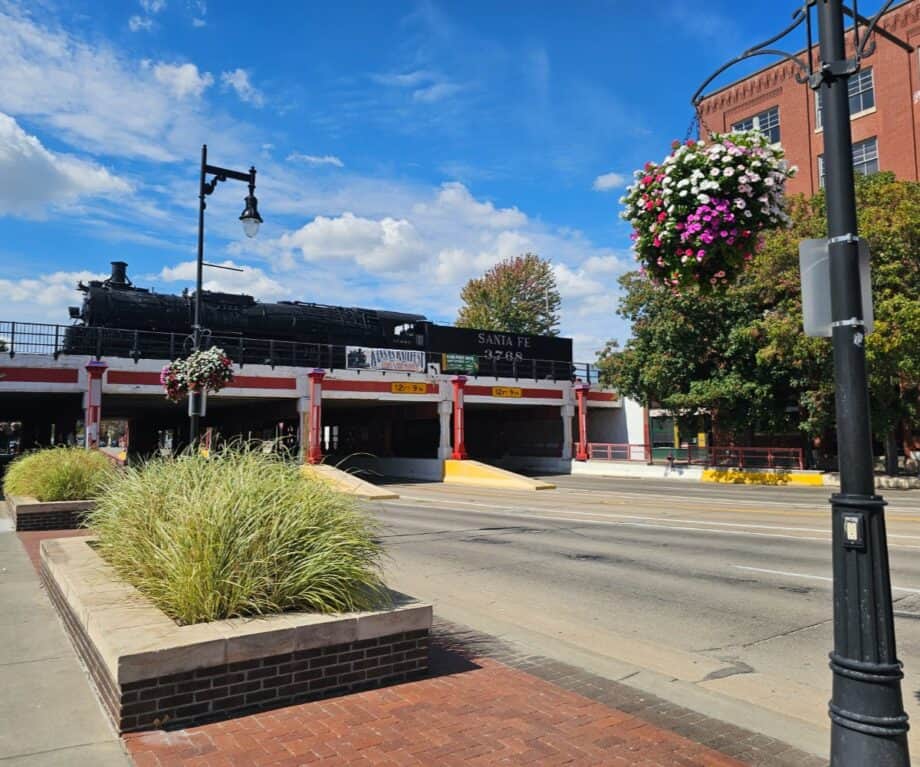

The city rebounded in the 1880s and 1890s, shifting to an economy centered on grain trade and milling.
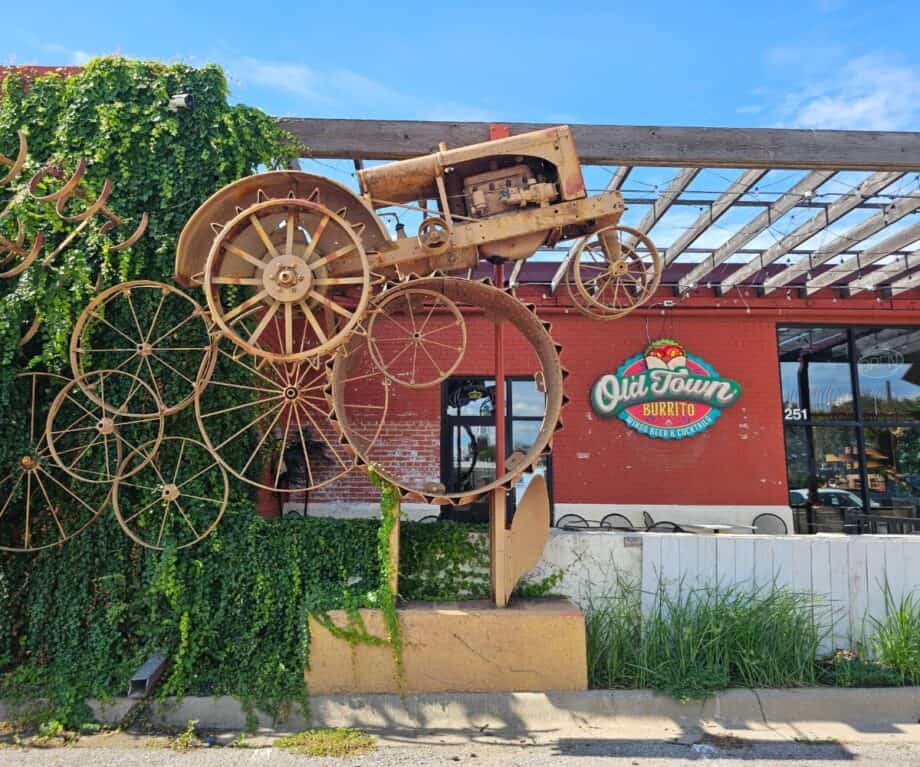

Major oil reserves were discovered close by around 1914-1918, leading to a population boom and a new era of wealth for the city. This allowed local entrepreneurs to invest in the aircraft industry that was emerging at the time, earning Wichita this long-standing nickname “Air Capital of the World”.
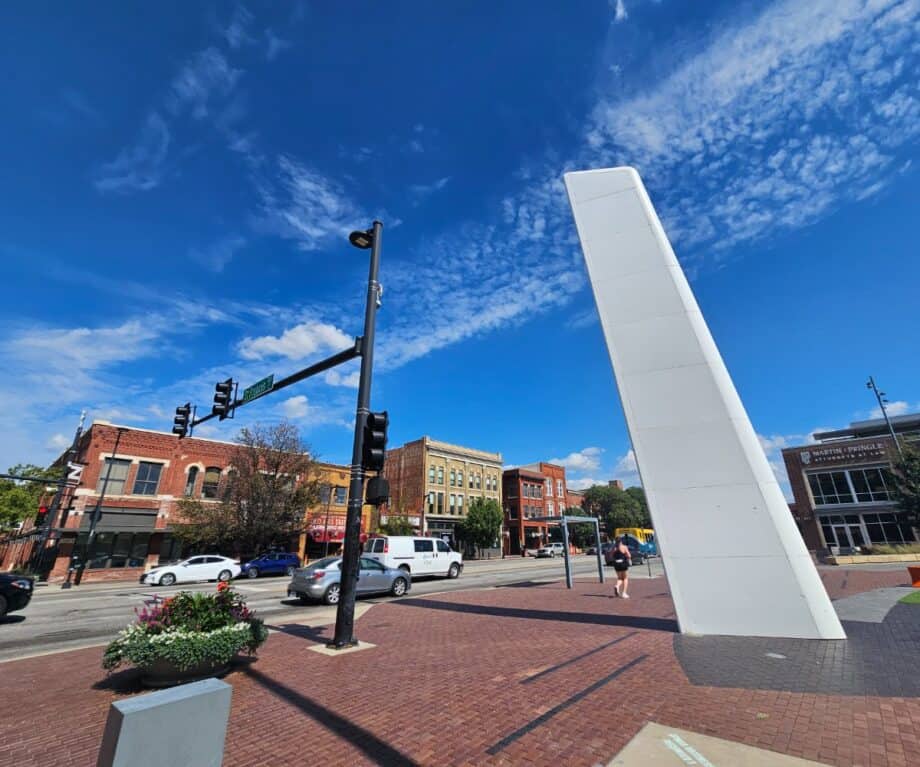

Companies like Cessna, Beechcraft and Stearman were established in Wichita in the 1920s and 1930s, and – during World War II – Wichita became a major manufacturing centre, notably producing thousands of B-29 bombers. Today the city remains at the heart of the American aircraft industry, producing the majority of the world’s general aviation aircraft. The IATA airport code for Wichita – ICT – has also been adopted by locals as a common and popular nickname for the city.


Other claims to fame are that Wichita is the birthplace of several nationally known businesses, including White Castle (1921), the world’s first fast food hamburger chain, and Pizza Hut (1958). It is also home to Wichita State University (established 1895 as Fairmount College) and other educational institutions, whilst its sporting prowess is in the Wichita State Shockers basketball team (NCAA Division I), Minor League Baseball outfit Wichita Wind Surge and the Wichita Thunder Minor League hockey team.
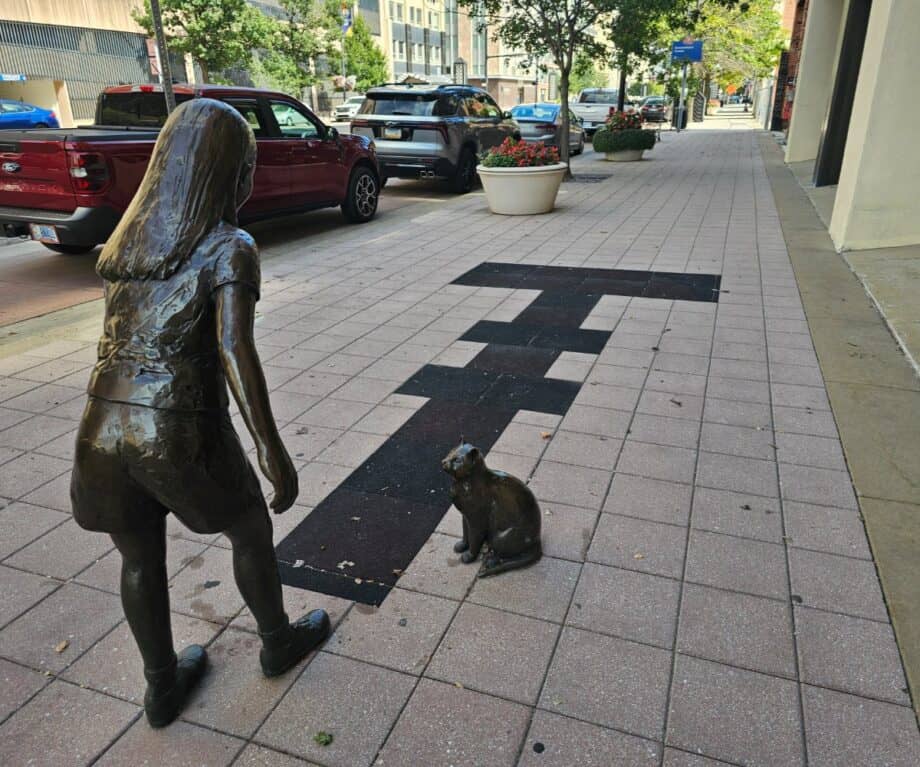

My walk up and down the river from my hotel this morning helped me get my bearings a little, as did my exploration of the Old Town this afternoon, and whilst I know the above is only a very brief insight, I hope it has piqued your interest!
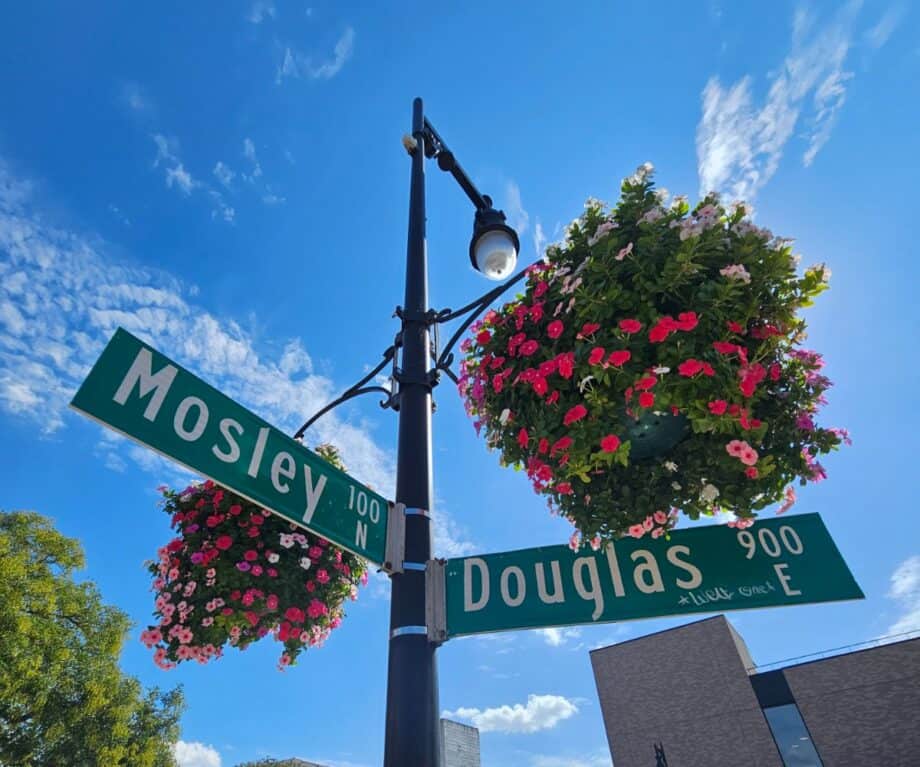

Let me know in the comments what I have missed or what I should make sure I see during my time here…
Paul Johnson
Paul Johnson is Editor of A Luxury Travel Blog and has worked in the travel industry for more than 30 years. He is Winner of the Innovations in Travel ‘Best Travel Influencer’ Award from WIRED magazine. In addition to other awards, the blog has also been voted “one of the world’s best travel blogs” and “best for luxury” by The Telegraph.
Did you enjoy this article?
Receive similar content direct to your inbox.
Please enable JavaScript in your browser to submit the form

